Here's a fact sheet on police chokeholds and how they factor into the Michael Mattioli trial
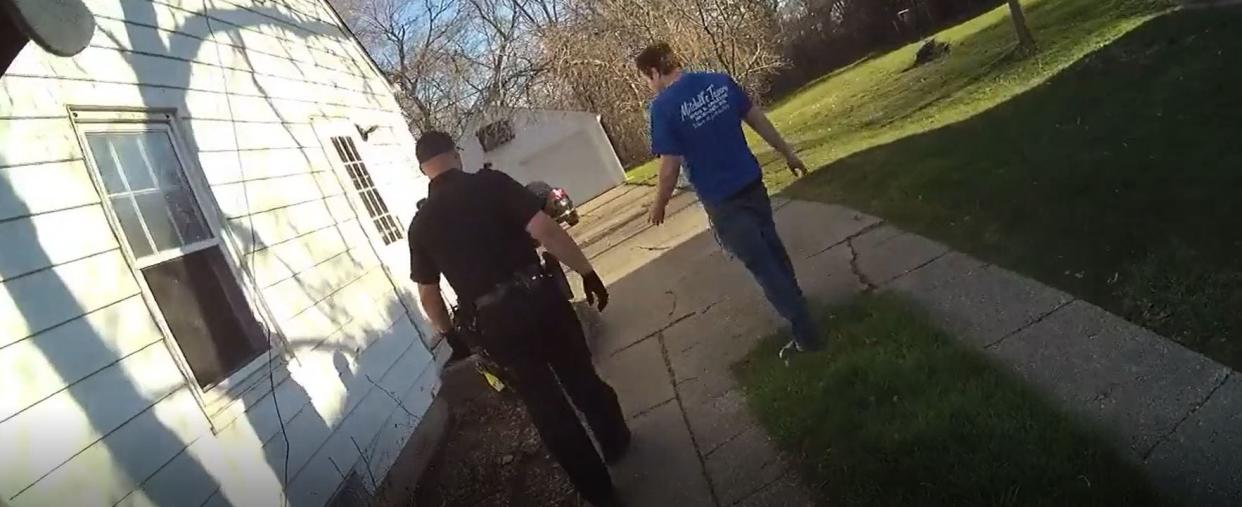
Michael Mattioli was an off-duty police officer when he put Joel Acevedo in a chokehold in April 2020, which killed him days later, according to investigators.
Chokeholds used by police — on-duty or otherwise — have long been considered dangerous and a sensitive issue, with the practice drawing comparisons to the lynching of Black people. But in the months and years since 25-year-old Acevedo died, the landscape around police use of chokeholds and other neck restraints has changed immensely.
About a month after Acevedo’s death, George Floyd was murdered by a Minneapolis police officer who knelt on his neck for nearly 10 minutes, sparking national outrage and a re-examination of law enforcement’s use-of-force policies. That led to reform in Milwaukee and across the country regarding neck restraints.
Mattioli, 36, was a 13-year veteran of the Milwaukee Police Department before resigning in September 2020. His widely anticipated trial, in which he's charged with first-degree reckless homicide, begins Monday.
Here's a fact sheet on chokeholds and how they factor into the circumstances of Acevedo’s death:
Mattioli believed he didn’t use lethal force against Acevedo
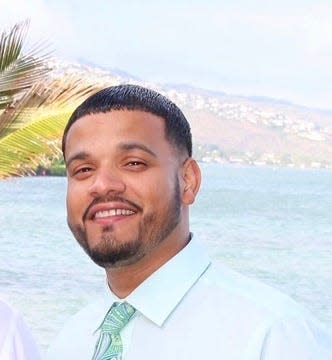
According to the criminal complaint:
Mattioli and Acevedo got into a fight the morning after a party, on April 19, 2020, that Mattioli hosted at his home. Mattioli accused Acevedo of stealing and the two eventually got into a physical altercation.
Mattioli told investigators afterward that, at one point, he held Acevedo down on the ground and “had him around his neck.” He then called 911, with some help from others in the house.
That call was placed at 7:28 a.m. Gasping, snorting and distressed breathing could be heard as Mattioli requested police assistance to dispatch. The first officers arrived 10 minutes later and found Mattioli still applying a chokehold to Acevedo. Mattioli released him 22 seconds after officers found them.
When the first officers arrived, one radioed for medical assistance and said Acevedo was “not conscious, not breathing, lips are turning blue,” according to heavily redacted body camera footage released by the Milwaukee Police Department.
Afterwards, Mattioli told investigators he “didn’t suffocate the guy. I had my arms around his neck, yes, and I held him there but I didn’t suffocate the guy, I didn’t press hard enough.”
He also said, “I’m not stupid … I know what’s deadly force and what’s not.”
Acevedo died six days later. The Milwaukee County Medical Examiner’s Office declared the cause of death to be traumatic suffocation and ruled it a homicide.
Neurologists consider chokeholds to be 'deadly force'
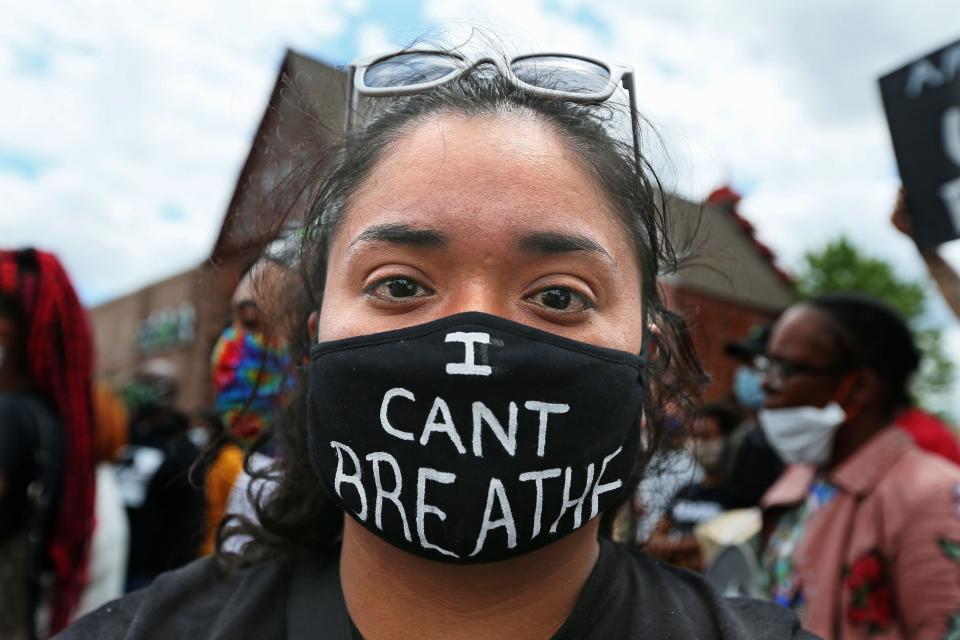
In 2021, the American Academy of Neurology, which represents 40,000 neurologists and neuroscientists, issued a firm statement on the danger of chokeholds and other neck restraints.
“Because of the inherently dangerous nature of these techniques, the AAN strongly encourages federal, state, and local law enforcement and policymakers in all jurisdictions to classify neck restraints, at a minimum, as a form of deadly force,” the statement said.
At the time of Acevedo’s death, police weren't banned from using chokeholds
Milwaukee police weren't trained to use chokeholds, but the department’s use-of-force policy at the time didn't forbid them, either.
After releasing Acevedo from his hold, investigators reminded Mattioli that officers were expected to avoid chokeholds, according to the criminal complaint.
Mattioli then answered, “Trained technique; it’s not a trained technique.”
Efforts to investigate and discipline Mattioli were bumpy before he resigned
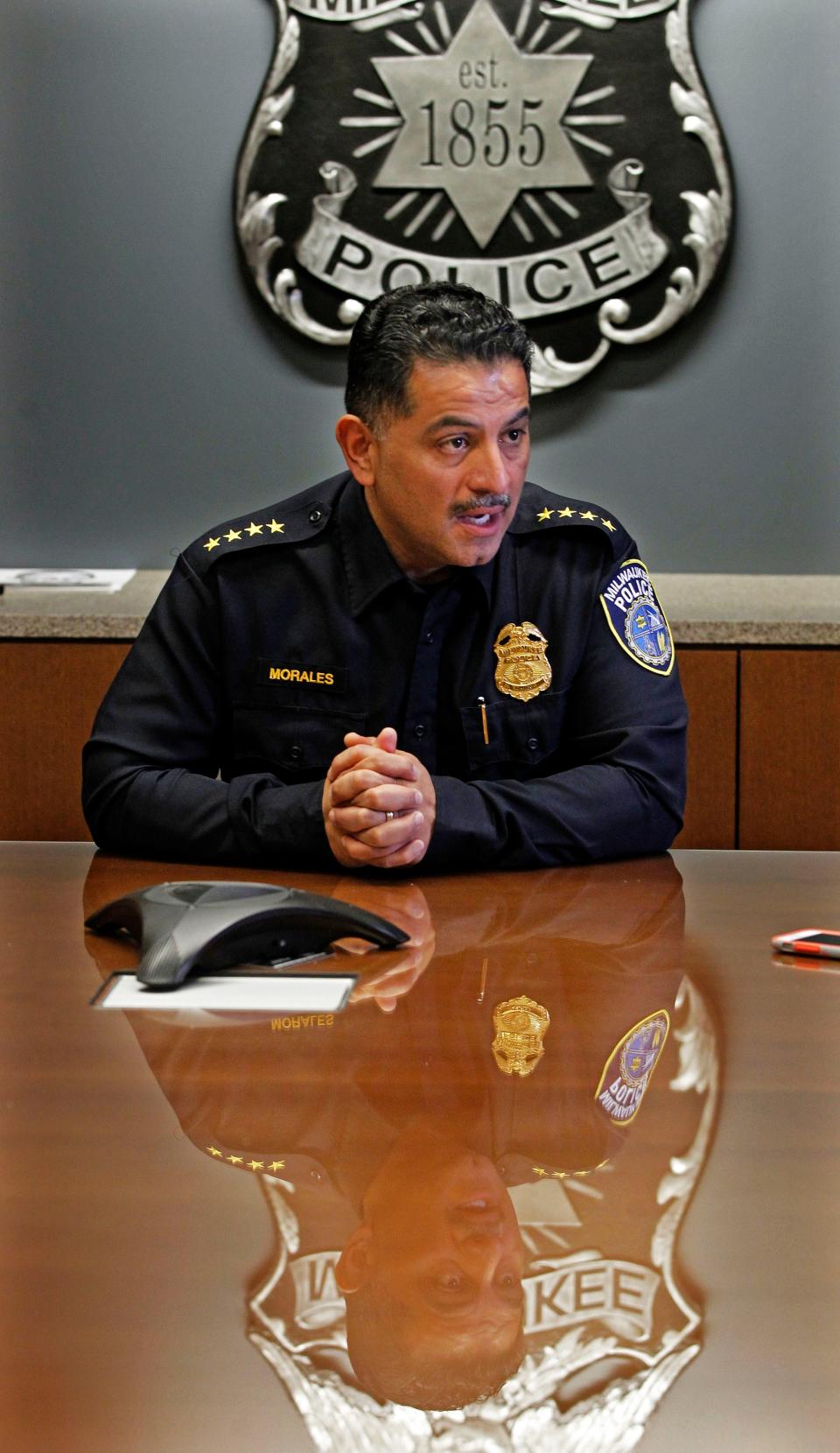
An internal investigation into whether Mattioli violated any department policies, despite being off duty, changed hands between the Police Department and the city’s oversight board, the Fire and Police Commission, two times.
Mattioli was charged with homicide almost a month after the incident. Days afterward, and in an unprecedented move, the commission ordered the Police Department to stop its investigation so the commission could conduct its own. The move was made because of “concerns that MPD leadership at the time was not taking necessary action.”
After that, Alfonso Morales, the chief at the time, said he no longer had the authority to fire Mattioli since the Police Department wasn’t in charge of the probe. The commission argued the chief still retained disciplinary power.
In July 2020, the commission announced it was beginning a disciplinary process against Mattioli for potentially violating the Police Department’s standard operating procedure about personnel investigations and the department’s code of conduct.
However, before those proceedings began, the commission canceled them in September so the Police Department could finish its own probe into Mattioli’s conduct.
Mattioli resigned from the department days after that announcement.
Bans on police using chokeholds have swept agencies across the U.S.
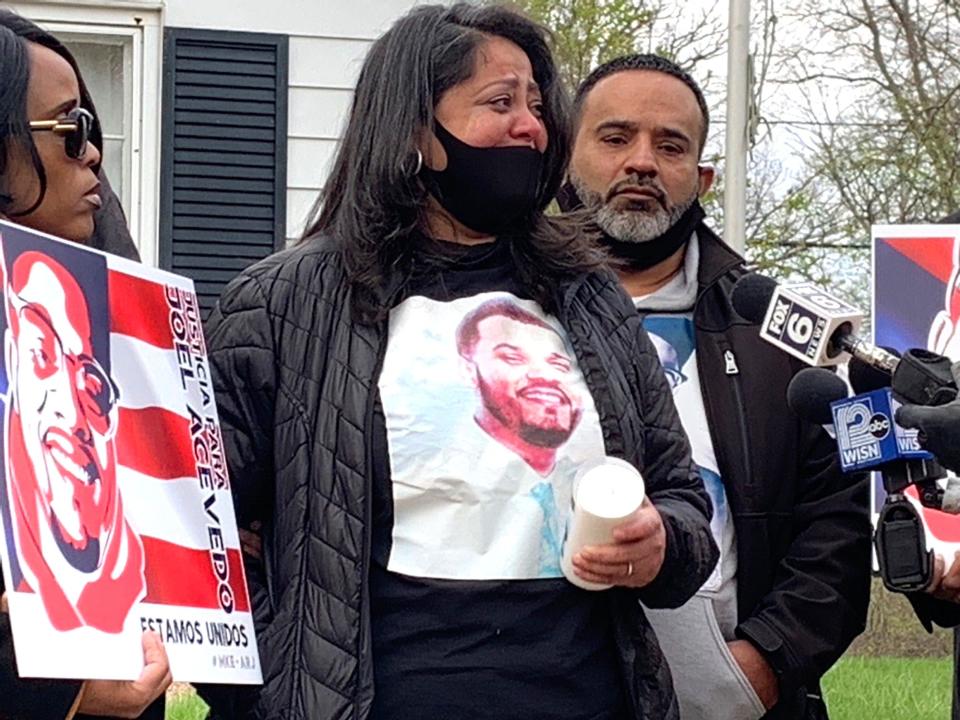
In December 2020, seven months after Acevedo’s death, the Milwaukee Fire and Police Commission banned police from using chokeholds unless officers were in a life-or-death situation.
In April 2021, the commission revisited the subject and removed the life-or-death exception, banning chokeholds in all circumstances. The Police Department and the union representing rank-and-file officers both spoke out against removing the exception.
More than 40 members of the public pushed the commission to remove the exception, including State Rep. David Bowen and some of the city’s most visible community activists, such as Vaun Mayes.
Fred Royal, then the president of the local NAACP, called it “one of the most progressive use-of-force policies currently being employed or discussed.”
"We’ve seen across the country how many times this ends up killing people, specifically Black and brown people," Commissioner Amanda Avalos said. "Police officers undergo extensive training to keep themselves and others safe. Chokeholds are not one of those tactics."
Milwaukee’s ban was part of a national wave. At least 32 of the nation’s 65 largest police departments banned neck restraints or strengthened restrictions on them in the months after Floyd’s death, according to a September 2020 poll by the Washington Post.
Deaths from law enforcement chokeholds are rare
Asphyxiation accounted for less than 1% of deaths involving police in the U.S. in 2019, lower than that of Tasers, at 1.8%, according to the Council on Criminal Justice’s task force on policing.
Contact Elliot Hughes at elliot.hughes@jrn.com or 414-704-8958. Follow him on Twitter @elliothughes12.
This article originally appeared on Milwaukee Journal Sentinel: Michael Mattioli homicide trial centers on chokeholds. Here's why.

